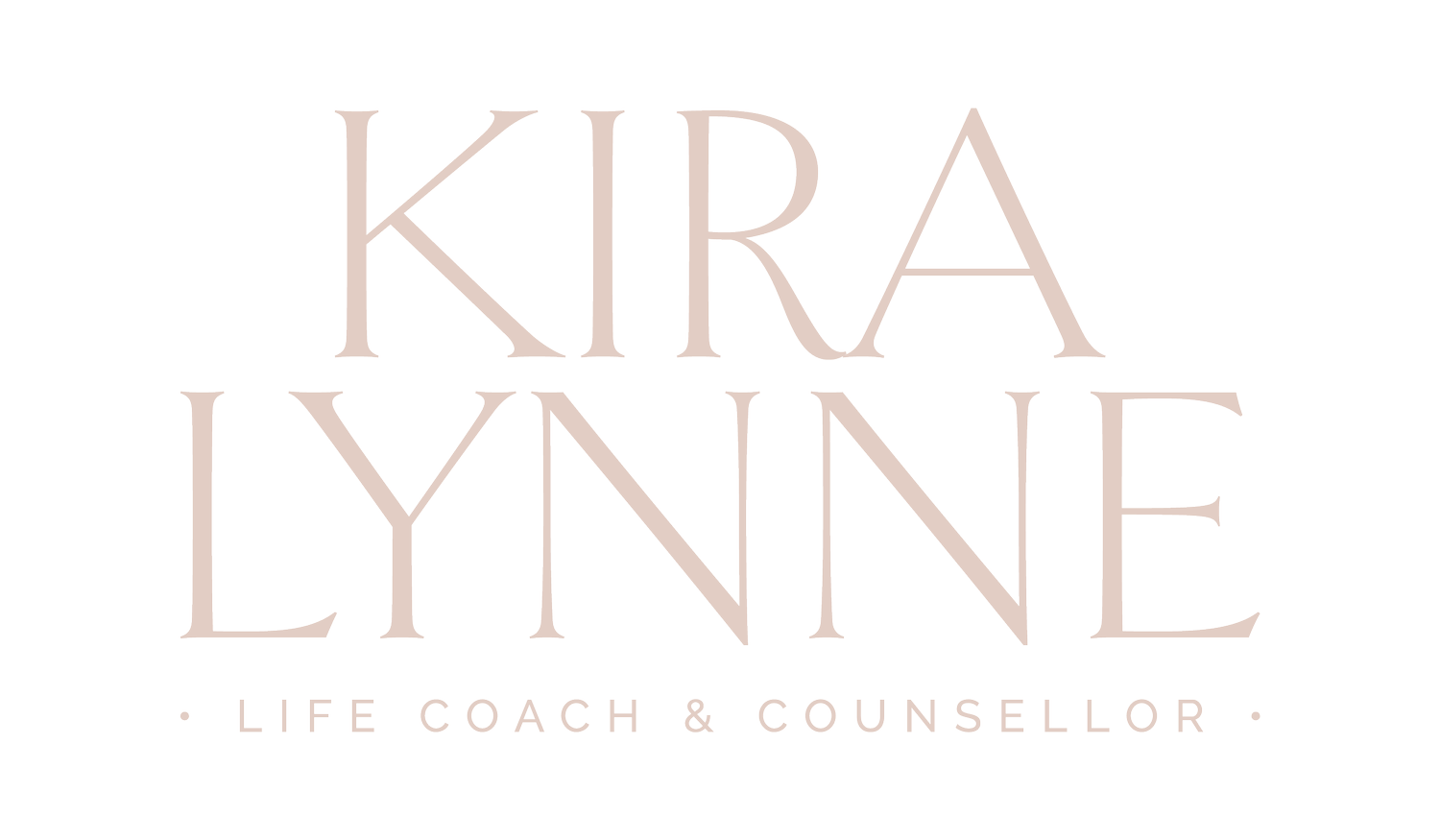Are Your Emotions Wrong?
Emotions are who we are, they are a reflection of our authentic selves. They’re with us all the time, and we experience a wide range of them every day, hour, and minute. Unfortunately, we’re often taught to judge and reject what we’re feeling, and sometimes mocked or belittled for what’s happening inside us. This invalidates how we’re feeling, and can lead us to believe that there’s something wrong with who we are. I often sees this in statements like these from my clients:
It’s so bad, but I’ve been feeling really irritated.
I know I shouldn’t be feeling this way.
I feel guilty about being angry with my mother/father/spouse/children.
I’m too emotional.
I’m too sensitive.
I need to stop feeling this way.
It’s wrong, but I feel really needy.
People get upset when I’m emotional, so I need to stop.
I just need to control my emotions better.
You can see how these words reflect the underlying belief that “my emotions are wrong.”
Most of us have thoughts like these about our emotions at some point or another. These thoughts can seem really true. It’s not unusual to feel like we are wrong or bad for having the emotions we do.
I feel very strongly about this topic because throughout my life, until my late 30’s, I believed I was overly sensitive, that my emotions were wrong, and that they were scaring people away. This is something I had been taught at a young age and hung on to for a long time. It wasn’t until I later on that I discovered that my beliefs about my emotions were distorted by messages I had received from others.
Others may label our emotions as wrong or too strong if they make them feel uncomfortable, or if they don’t know how to deal with us when we are experiencing them. People may feel overwhelmed, threatened, fearful, or irritated by our emotions if they believe their own emotions are wrong.
I came to understand that the people who were uncomfortable with my emotions had not learned how to accept and regulate their own feelings. In addition, I didn’t know how to soothe or regulate my emotions, because I had never been taught how. My parents, while very well-meaning, didn’t know how to do that themselves, let alone teach me how.
If this sounds familiar, know that:
Your emotions are legitimate.
They are valid and normal, even if just for the simple fact that you are experiencing them.
There are no wrong emotions.
It can be hard to accept that there are no wrong emotions if we’ve been living with the opposite belief for a long time. But while there are no wrong emotions, we often have distorted thoughts. For example, if I believe “There is going to be a huge earthquake tomorrow,” I will feel scared. Of course I will feel scared if that’s what I’m thinking. The emotion is not wrong, but the thought is distorted, which is a topic for another post.
What to do With Your Emotions
If your emotions have been chronically invalidated, the following is a short practice you can use to start validating yourself:
Identify – Identify the emotion(s) you are feeling and label it/them. Just one or two emotion words (ex: “scared”).
Accept – Notice where in your body you are feeling the emotions and what the sensations are. Accept that this is what you are feeling in your body right now (ex: “My shoulders feel heavy and my stomach is flip flopping. This is what is happening in my body right now. This is what scared feels like.”).
Validate – Validate what you’re feeling within the context of your experience. “It makes sense that I’m feeling scared given that I am thinking there is going to be a huge earthquake tomorrow.”
This practice is powerful and brings about a sense of relief.
When we cut back on judging our emotions and commit to feeling, accepting, and validating them, we can reduce a lot of suffering around the old beliefs that we are wrong for having them. After all, there is nothing wrong with you, or your emotions.



